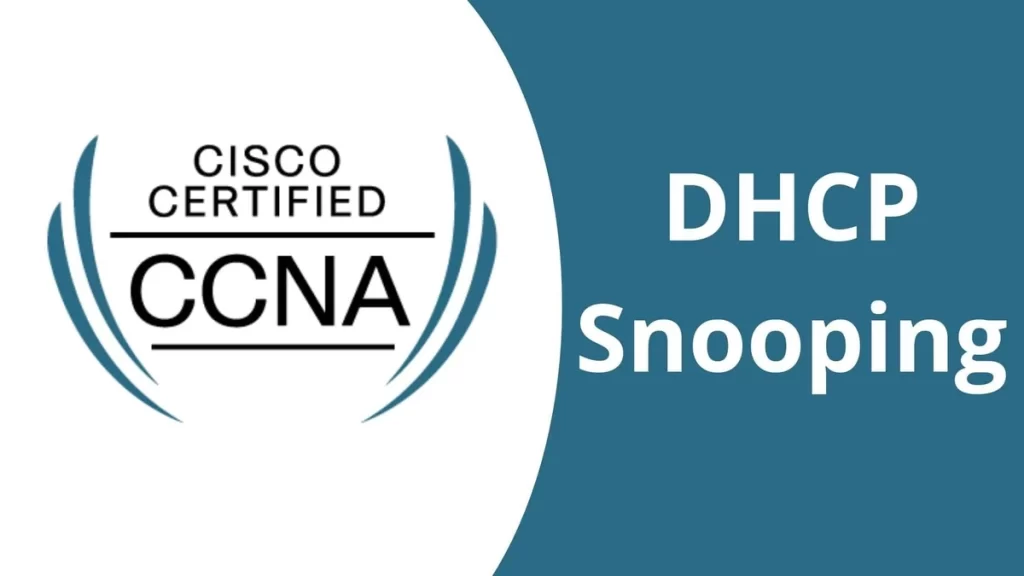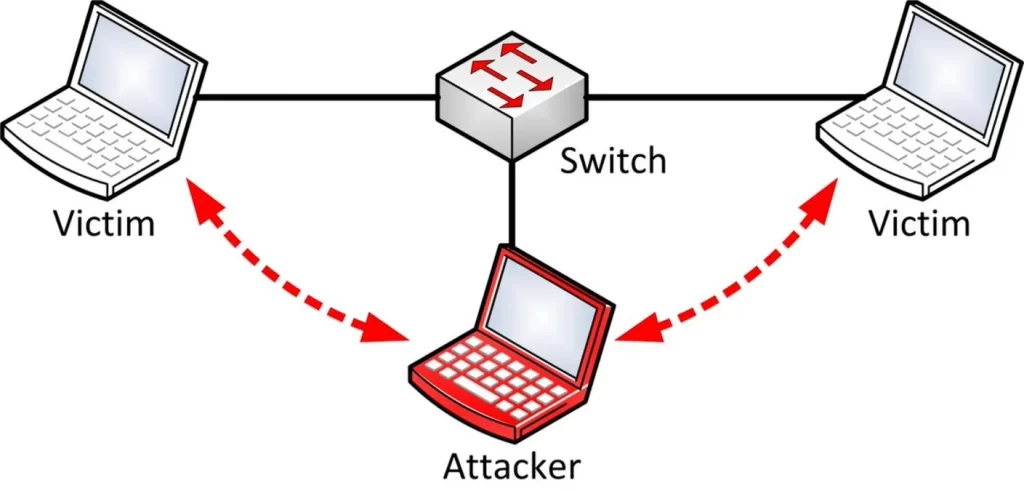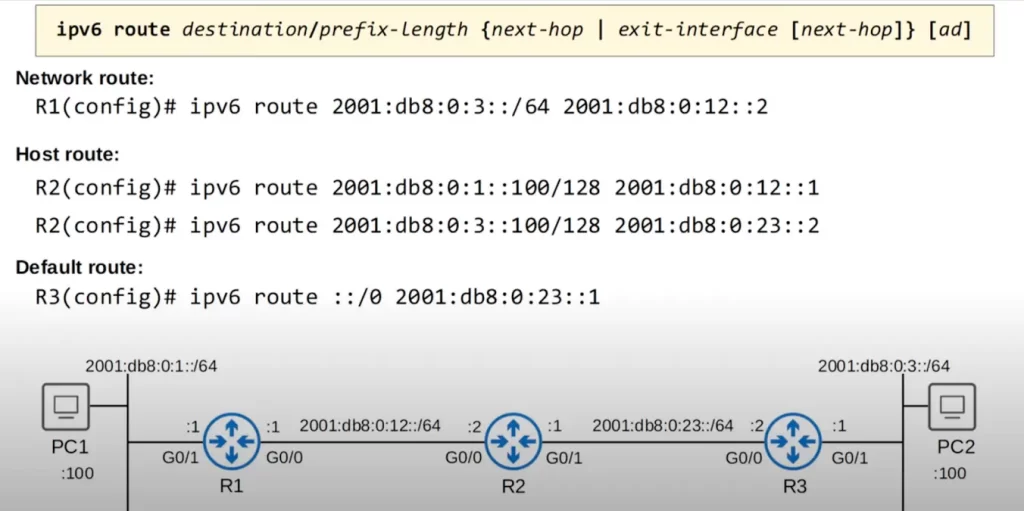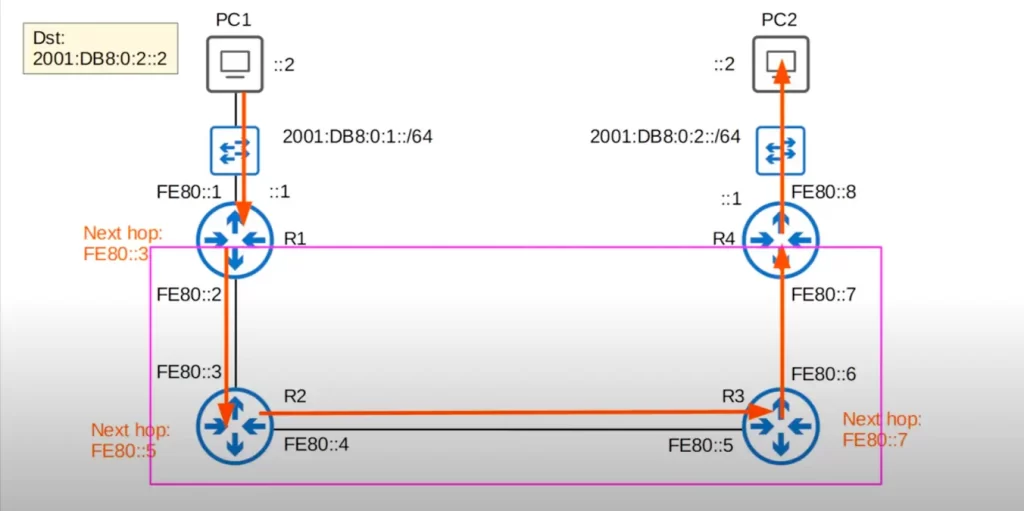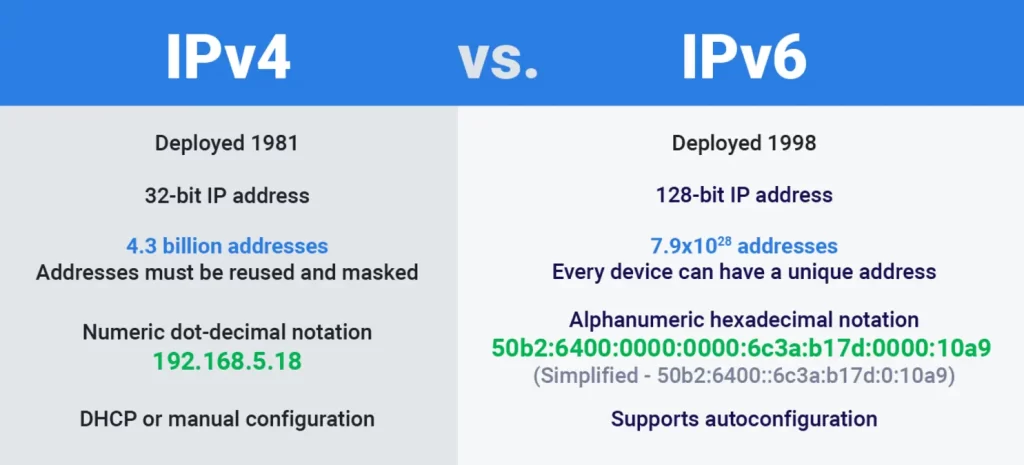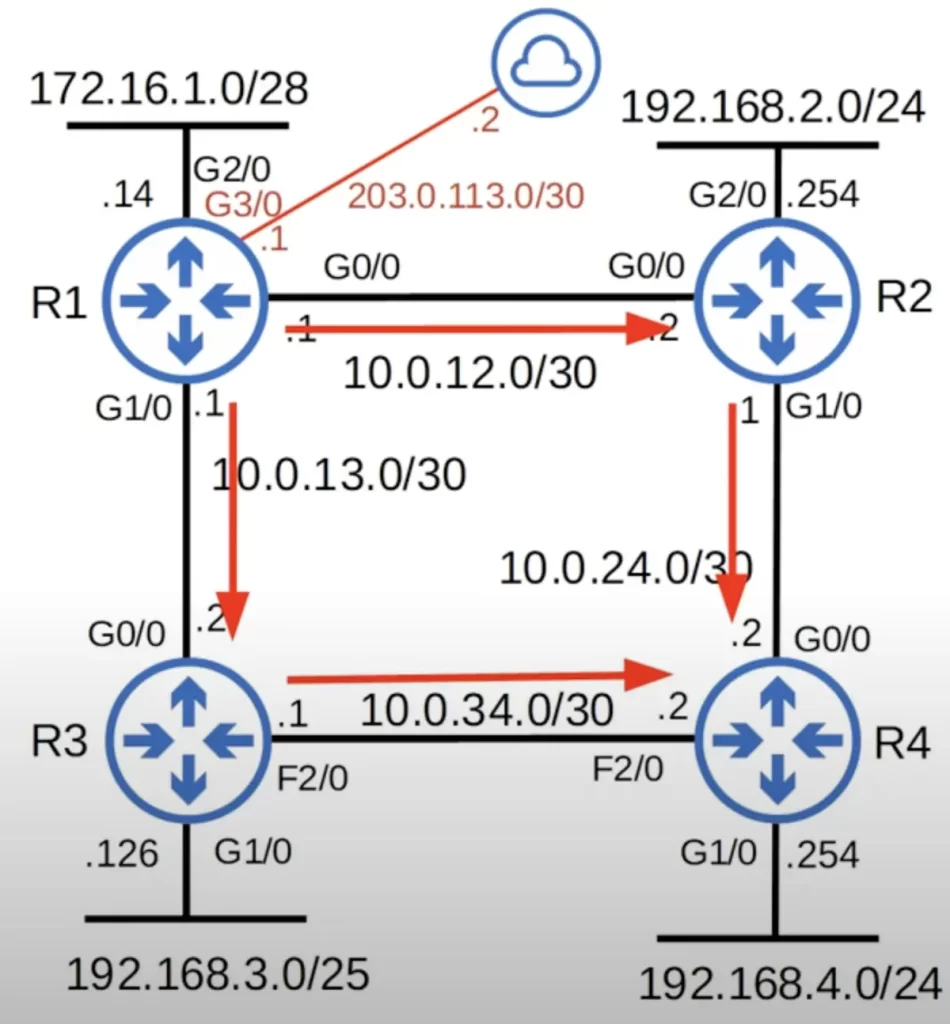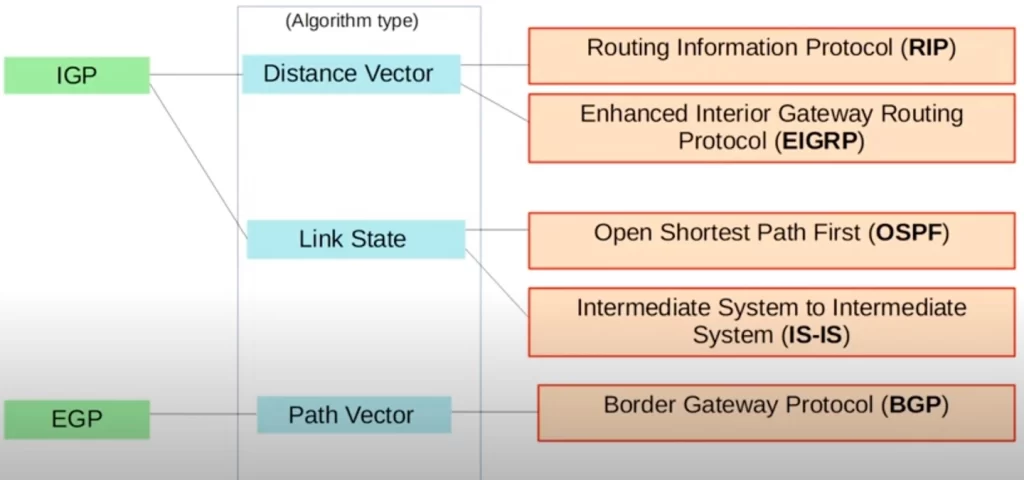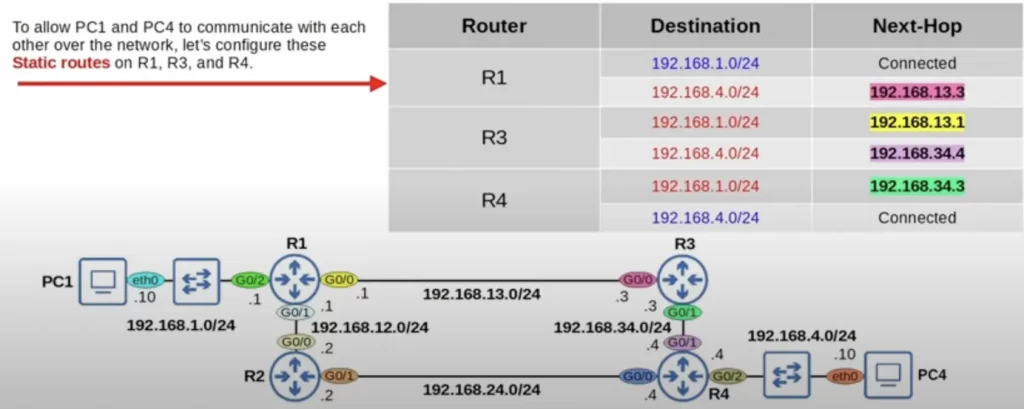DHCP snooping configuration and verification
We continue our studies of the topics in the Security Fundamentals section of the CCNA exam blueprint. This lesson covers DHCP snooping configuration and verification on Cisco devices. DHCP snooping is covered in exam topic 5.7, which says you must be able to “Configure Layer 2 security features (DHCP snooping, dynamic ARP inspection, and port […]
DHCP snooping configuration and verification Read More »
